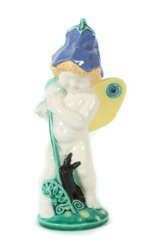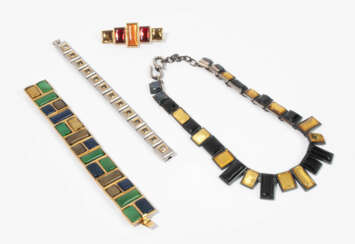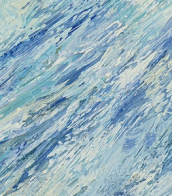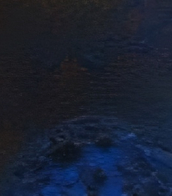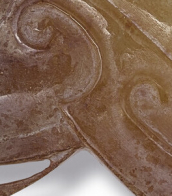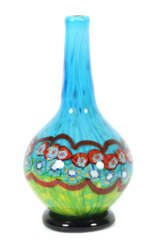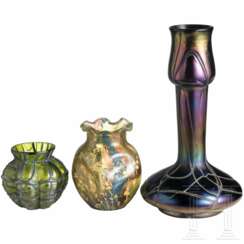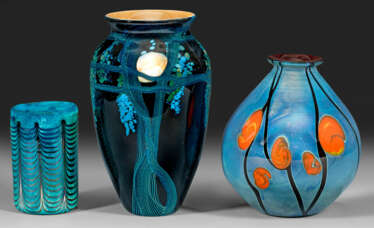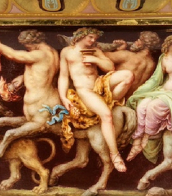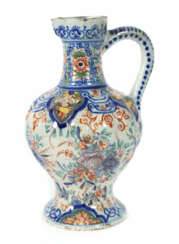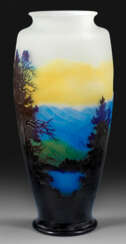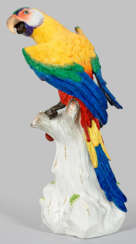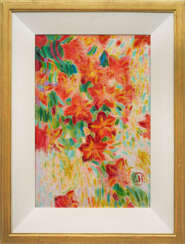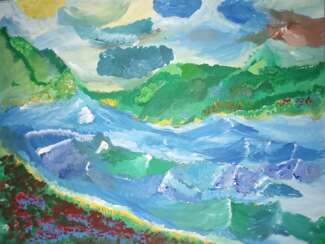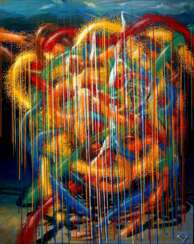22 Items by auctions and galleries:
grün-gelb-blau
Lot 7432 Langhalse und Väschen, Kosten bei Teplitz, Glasfabrik Elisabeth, Pallme-König & Habel, um 1900, sowie Vase mit Goldauflagen, Frankreich, um 1910
A107kua: Kunst, Antiquitäten & Antiken 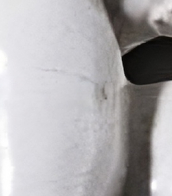

Hermann Historica
A107kua: Kunst, Antiquitäten & Antiken
Date: 11.11.2025 10:00 UTC +01:00
Number of lots in the catalog: 666
Два светила
Andrew Raputo (b. 1967)  Shop Raputo Andrew
Shop Raputo Andrew

Andrew Raputo
12.09.1967
Russia
Живу в Москве. Имею техническое и художественное образование. Участвовал в различных художественных выставках, в том числе за рубежом ( порядка 27 выставок). Мои работы находятся как в России, так и за рубежом. Недавно создал виртуальную NFT галерею по адресу https://oncyber.io/spaces/mq3LoVQiUpR2izZphAE1.
Галерея называется "Storm in my head"
Еще литература. в России масса издательств, где мои книжки можно купить, например
https://mybook.ru/author/andrej-raputo/
https://kindbook.net/avtor/andrey-raputo
или в Америке на Amazon.com
https://www.amazon.com/s?k=%D0%90%D0%BD%D0%B4%D1%80%D0%B5%D0%B9+%D0%A0%D0%B0%D0%BF
%D1%83%D1%82%D0%BE&i=digital-text&crid=3HTD05D8QC69Q&sprefix=%D0%B0%D0%BD%D0%B4%D1%80%D0%B5%D0%B9+
%D1%80%D0%B0%D0%BF%D1%83%D1%82%D0%BE%2Cdigital-text%2C357&ref=nb_sb_noss

Artist shop
Raputo Andrew
Russia
Number of products: 43
The colored rain mixed all the colors.
Sergiy Roy (b. 1958) 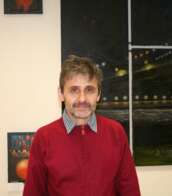 Shop Roy Sergiy
Shop Roy Sergiy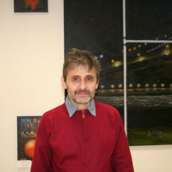

Sergiy Roy
04.04.1958
Ukraine
EXHIBITIONS:
INTERNATIONAL ART EXHIBITION,
MOSKOW, RUSSIA, WARSAW, POLAND, 1984
BASHKIRTSEV’S ART EXHIBITION, MUSEUM OF FINE ART, POLTAVA, UKRAINE, 1988
AVAN/ART IN ROVANIEMI, FINLAND, 1990
ANNUAL NATIONAL ART EXHIBITION, KYIV, UKRAINE, 1990
AVAN/ART, MUSEUM OF FINE ART, MURMANSK, RUSSIA, 1990
AVAN/ART IN JACKSONVILLE, KENT GALLERY, JACKSONVILLE, FLORIDA, USA, 1991
AVAN/ART IN JACKSONVILLE, DAWNTOWN GALLERY, JACKSONVILLE, FLORIDA, USA, 1991
ME+ME+ME+ME+…/AVAN CENTER OF CULTURE MURMANSK, RUSSIA, 1992
NATIONAL EXHIBITION ART GALLERY, KIYV, UKRAINE, 1993
PAN-UKRAINE, DNIPROPETROVSK, UKRAINE, 1995
EXHIBITION MODERN ART GALLERY, POLTAVA, UKRAINE, 2003
REGIONAL EXHIBITION MODERN ART GALLERY, POLTAVA, UKRAINE, 2005
REGIONAL EXHIBITION MODERN ART GALLERY, POLTAVA, UKRAINE, 2007
KYIV-ART. 2008 HOUSE OF TEACHER ,KYIV , UKRAINE 2008
M-ART GALLERY KHARKIV, UKRAINE 2010
IN GARDENS OF VICTORY GALLERY , ODESSA, UKRAINE 2011
Florence Design Week "Crossing People" Exhibition,FLORENCE,ITALY,2013
Gallery Fine ART, POLTAVA,UKRAINE,2013
Gallery " TRYPTYH", KYIV,UKRAINE,2014
Fine ART Gallery ,POLTAVA,UKRAINE,2014
Ukrainian Free Universety, MUNKHEN,GERMANY,2014-2015
ARTGESCHOSS, internationale kunstausstellung, Salzgitter Bad,GERMANY,2017
Art Revolution Taipei,Taiwan , 台北新藝術博覽會,2018
Private collections:
Mr. Roman Kupchinsky (USA, New York)
Dr. Ulf Bethmann (Germany, Hamburg)
Ms. Monika Platek (Poland, Krakov)
Museums and collection:
Jacksonville College (Florida, USA);
Khmelnitsckiy National Art Museum (Ukraine);
Poltava Art Museum (Ukraine);
Modern Art Gallery Poltava (Ukraine);
Austria, Australia, Dubai, USA, Germany, England, Russia, Israel, Irland, New Seland, Taiwan, Ukraine,Poland.

Artist shop
Roy Sergiy
Ukraine
Number of products: 209
